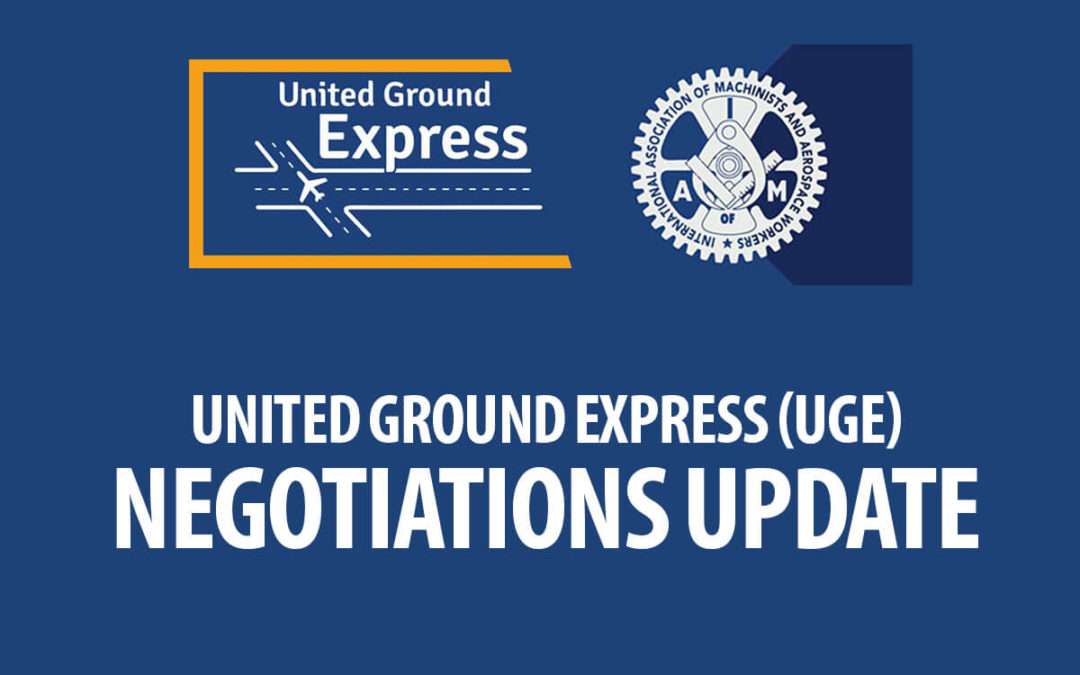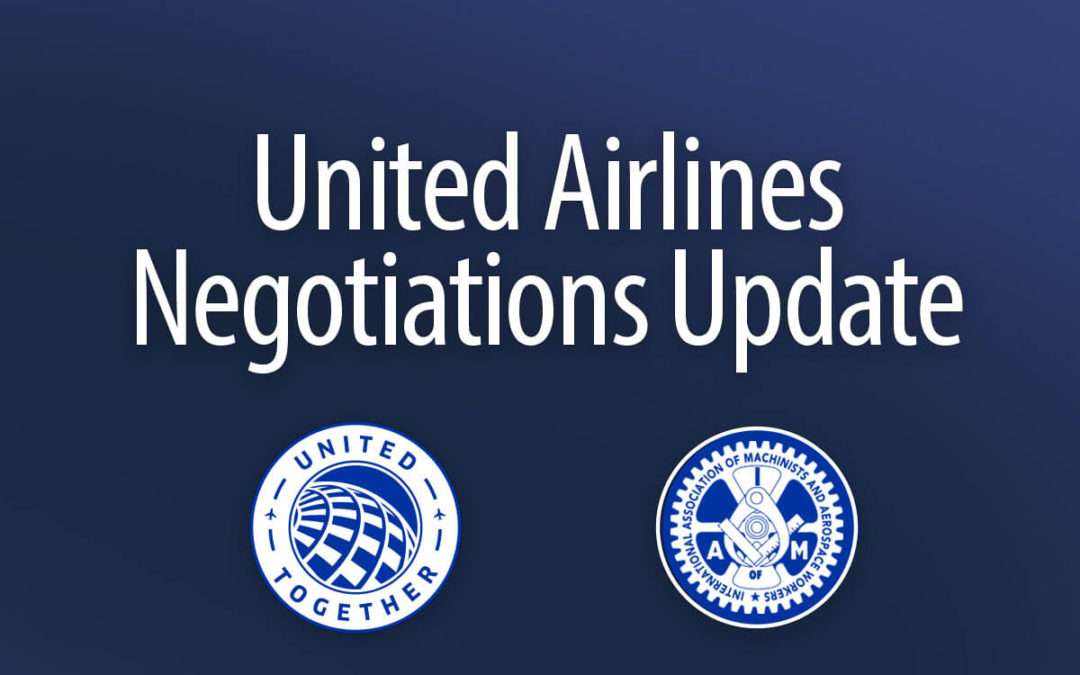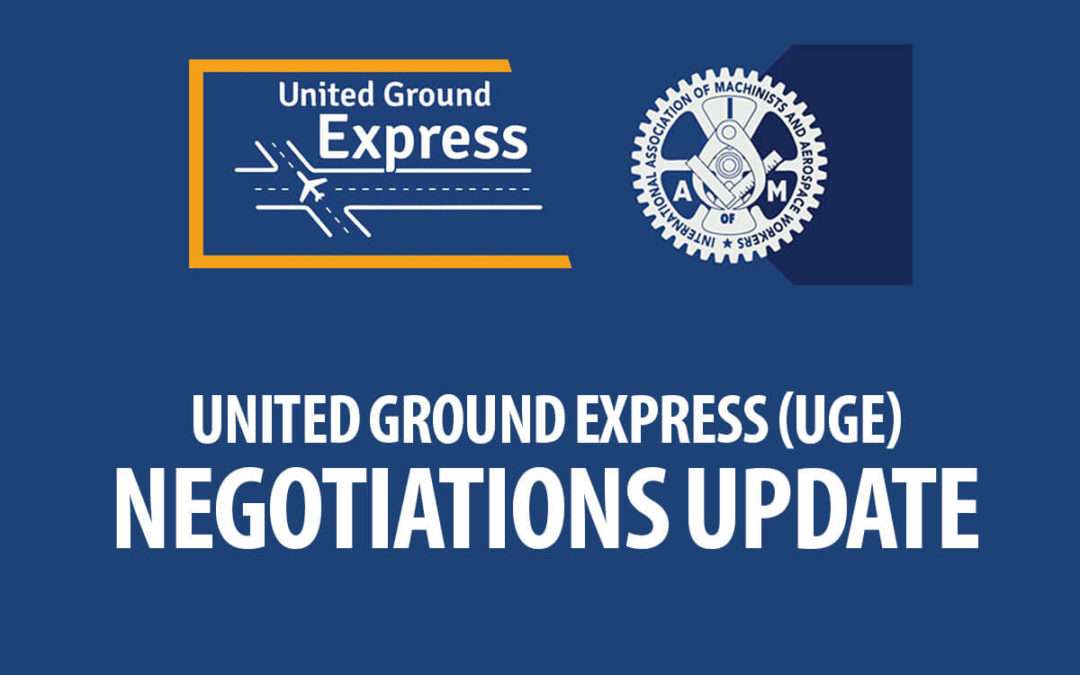
by Eric Price | Mar 7, 2025 | Featured, Featured News, Front Page, Perusals, Recent News, Row 2, United Ground Express
United Ground Express (UGE) Contract Negotiations Update 7 March 2025 Dear Sisters and Brothers at United Ground Express, Many of you have asked what happens when our contract reaches its amendable date on March 5, 2025. We want to be clear: your contract does not...

by Eric Price | Mar 3, 2025 | Featured, Featured News, Front Page, Recent News, Recent News, Row 2, United
United Contract Negotiations Update 3 March 2025 Dear Sisters and Brothers, Your IAM District 141 negotiating team and United Airlines management continued contract negotiations last week in Orlando, Florida, for seven different contracts. The Fleet Technical...

by Eric Price | Jan 20, 2025 | Featured, Featured News, Front Page, Other News, Perusals, Recent News, Recent News, Row 2, United Ground Express
United Ground Express (UGE) Contract Negotiations Update 21 January 2025 Dear Sisters and Brothers at United Ground Express, Over the last several months, your IAM District 141 negotiating team has been diligently reviewing your surveys and proposals in preparation...

by Eric Price | Jan 13, 2025 | Featured, Featured News, Front Page, Perusals, Recent News, Row 2, United
United Contract Negotiations Update 14 January 2025 Dear Sisters and Brothers, Your IAM District 141 negotiating team met with United Airlines management last week in Houston, Texas to continue discussions on seven collective bargaining agreements. This session...

by Eric Price | Dec 18, 2024 | Front Page, Perusals, Recent News, Recent News, Row 2, United
United Contract Negotiations Update 18 December 2024 Dear Sisters and Brothers, Your IAM District 141 negotiating team met with United Airlines last week in Chicago, Illinois, to continue talks on seven different contracts covering our United Membership. The...

by Eric Price | Nov 25, 2024 | Featured News, Front Page, Perusals, Recent News, Recent News, Row 2, United
United Contract Negotiations Update 26 November 2024 Dear Sisters and Brothers, Your IAM District 141 negotiating team and United Airlines management made significant progress in contract negotiations last week in Chicago, Illinois. We addressed seven separate...







